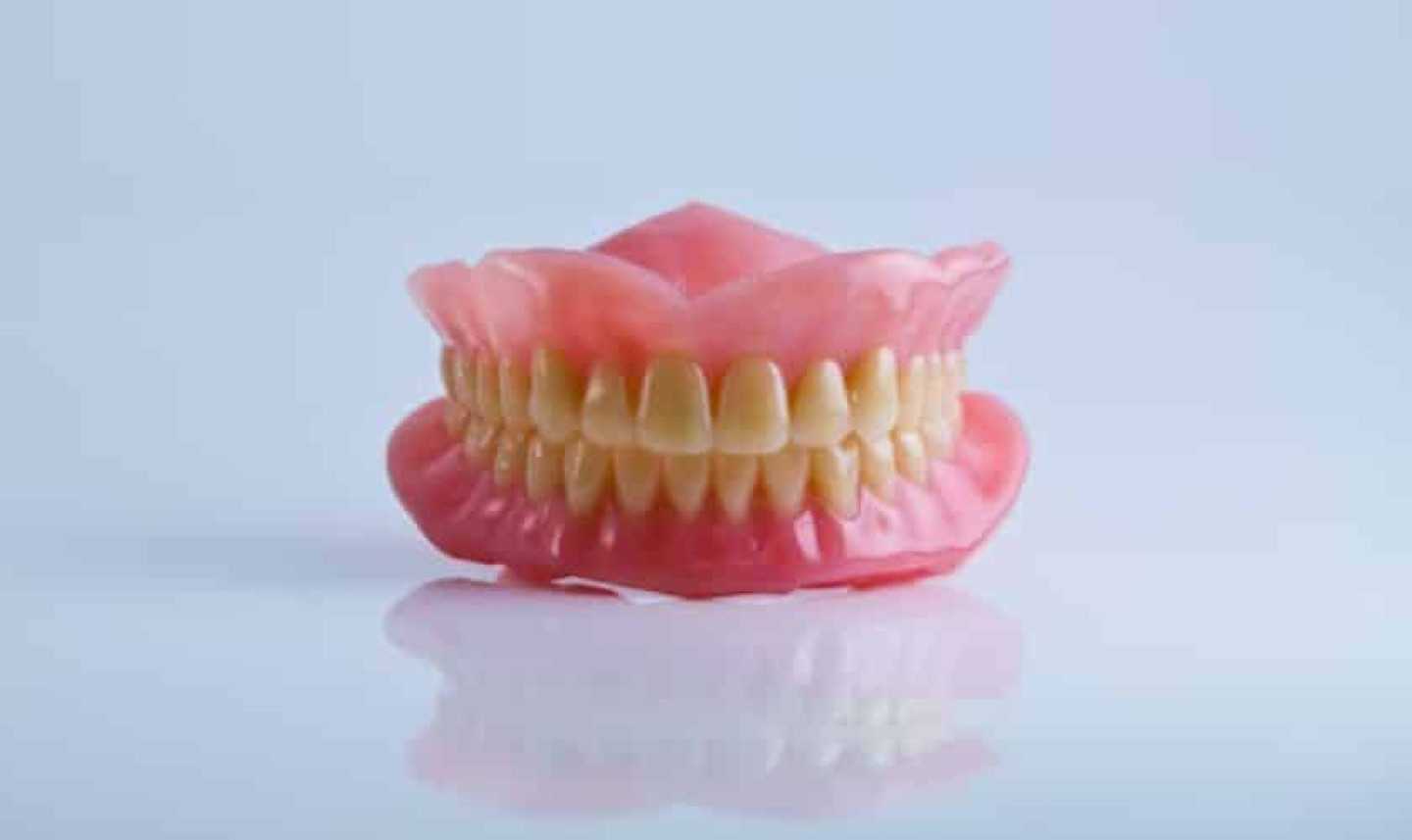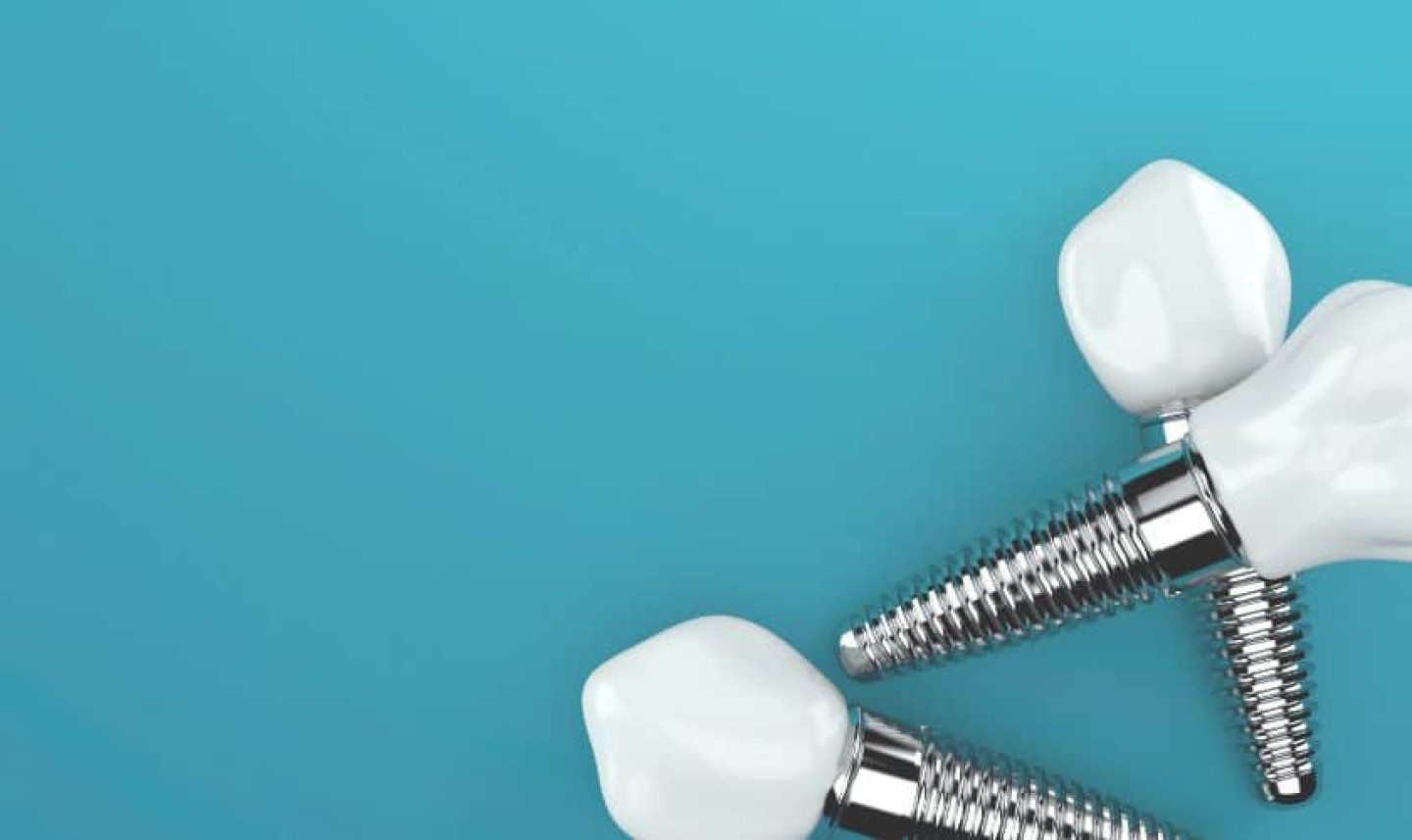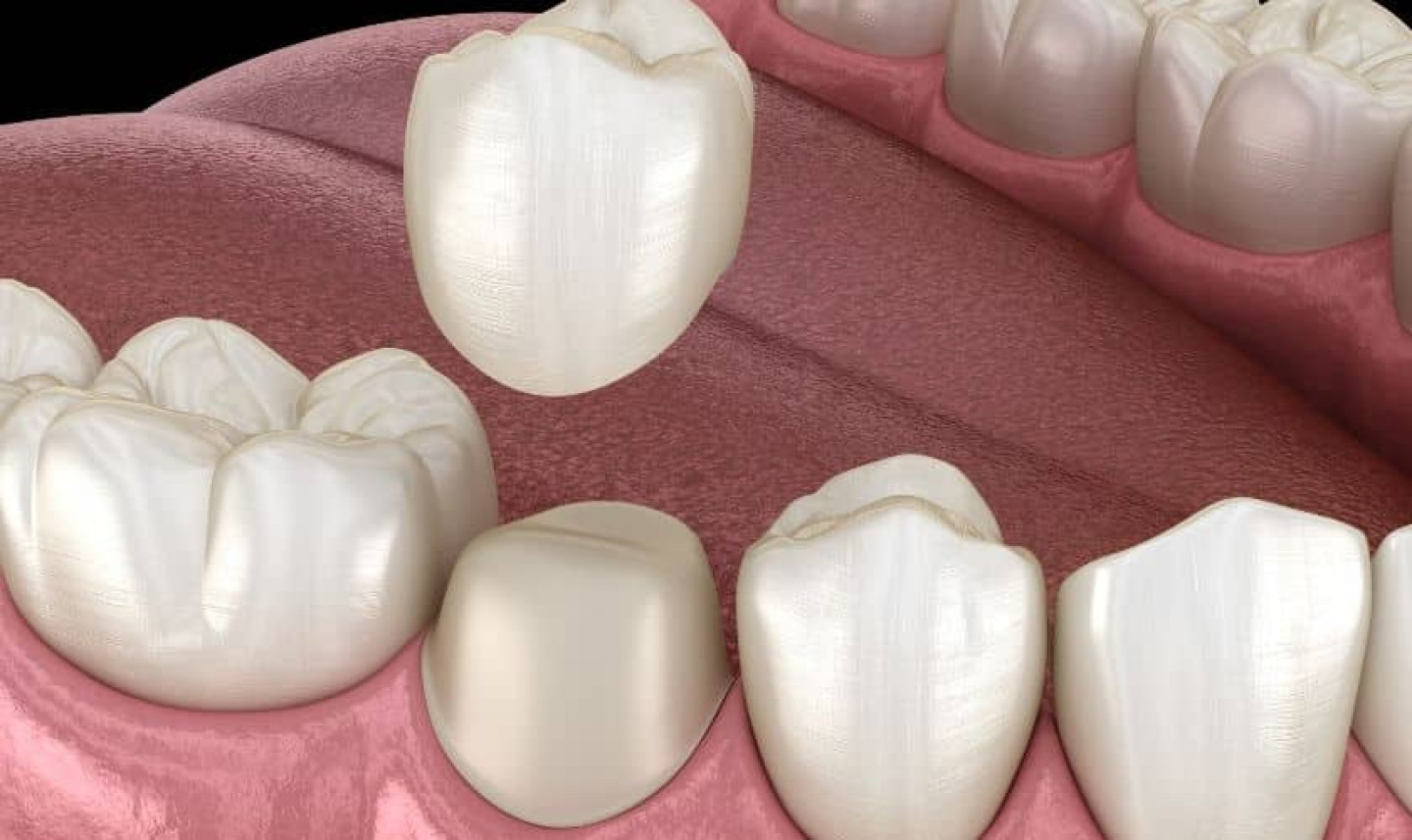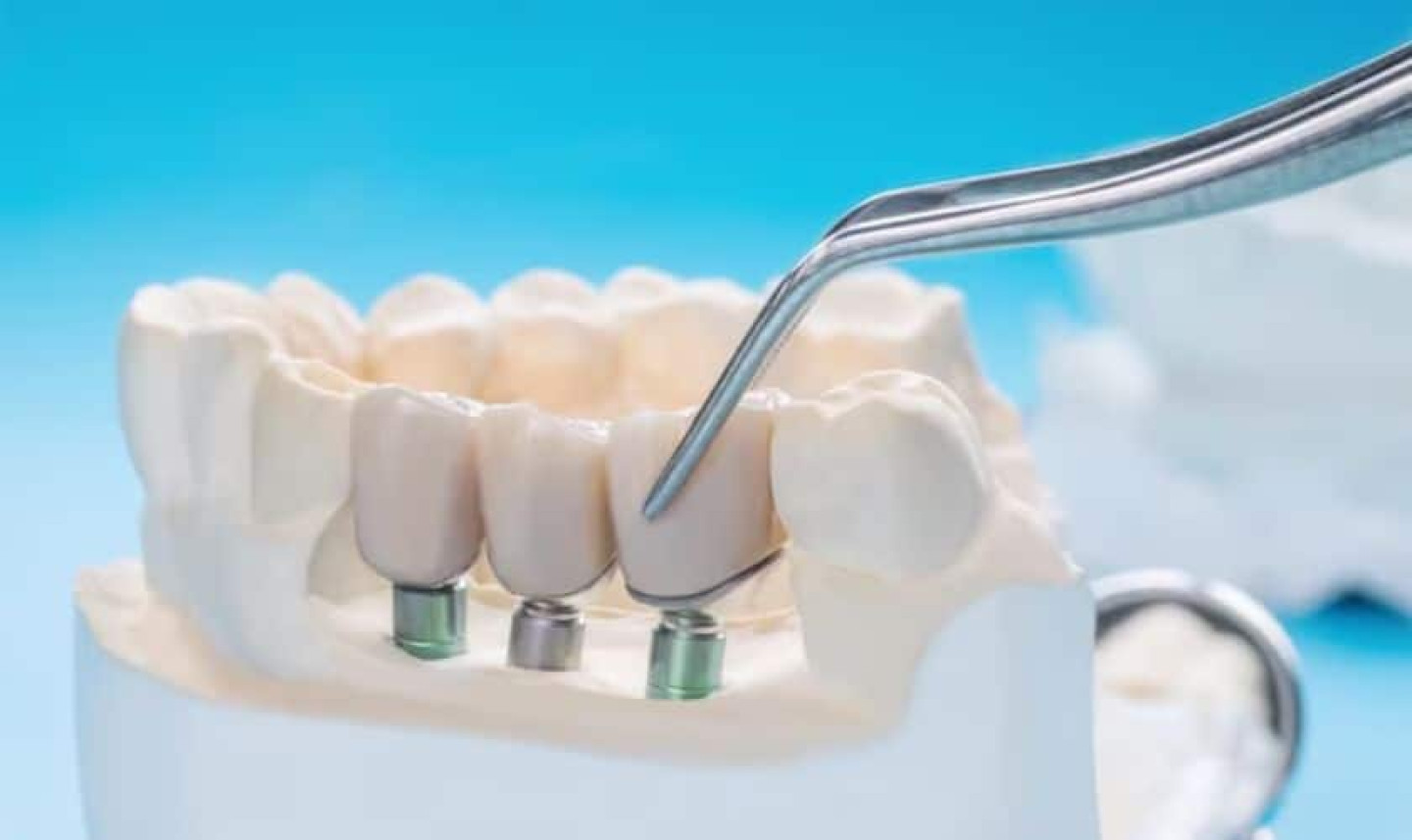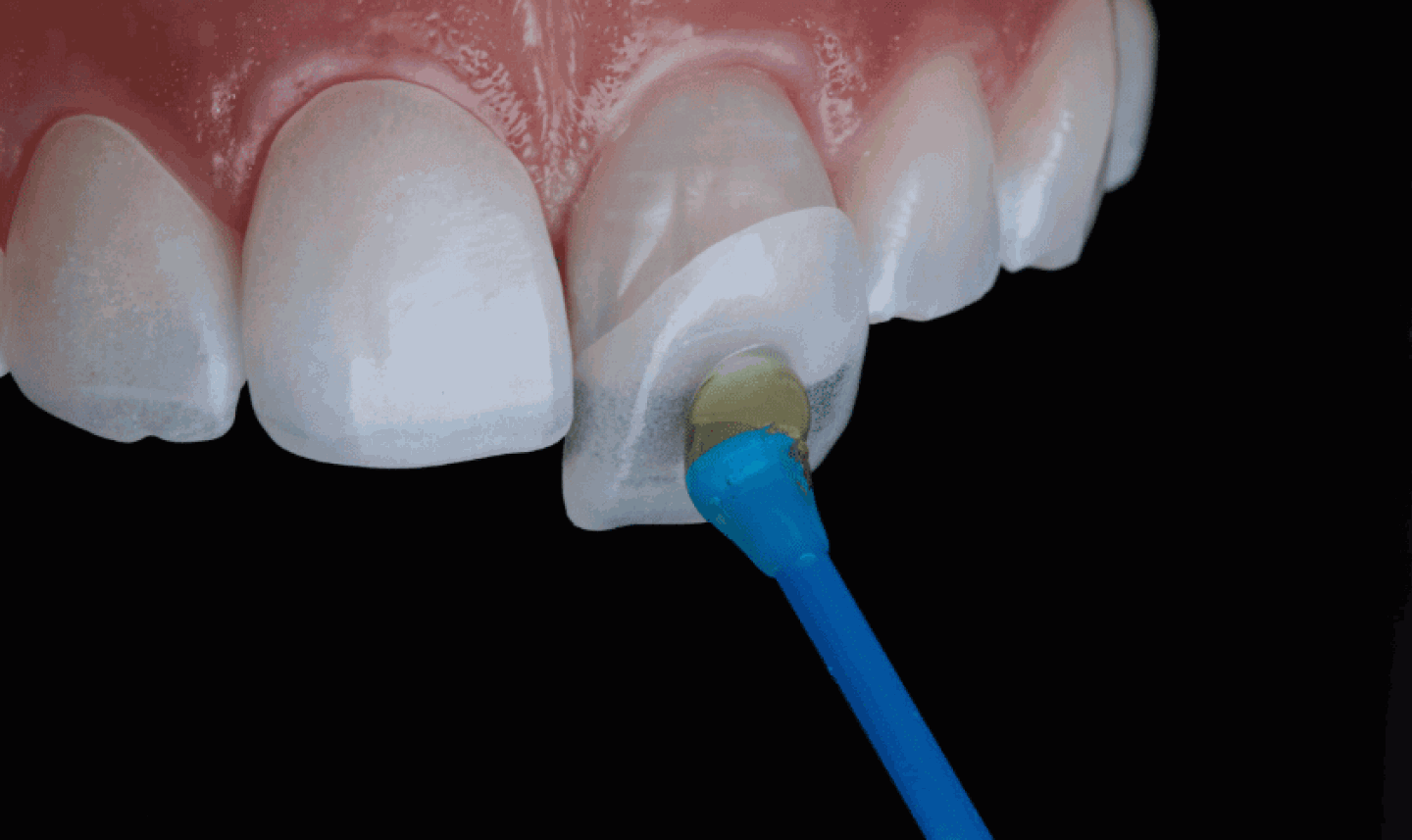Do you need dental assistance during an unexpected toothache or accident? Look no further as we unveil the secrets to finding the perfect emergency dentist in North Richland Hills! We understand that time is of the essence when it comes to emergencies. That’s why we have crafted this comprehensive guide to help you make a quick and informed decision when selecting a reliable professional who will alleviate your pain and restore your smile. So sit back, relax, and let us walk you through the essential factors to consider while choosing the right emergency dentist for those unforeseen oral crises.
The factors in choosing the correct emergency dentist North Richland Hills are mentioned below:
Research Local Emergency Dental Services
The first step in finding the right emergency dentist is researching the local dental services in North Richland Hills. Use online search engines and review websites to identify dentists offering emergency services. Make a list of potential emergency dentists, then delve deeper into each dentist’s background, qualifications, and patient reviews.
Verify Credentials and Expertise
When it comes to emergency dental care, you want a professional with the right qualifications and expertise. Check if the emergency dentist you are considering is licensed and board-certified. Additionally, inquire about their experience in handling various dental emergencies. A dentist with broad skills and knowledge will be better equipped to address different urgent dental issues effectively.
Accessibility and Availability
The whole point of seeking an emergency dentist is immediate access to care when needed most. Consider the accessibility and availability of the dentist you’re considering. Choose a dental office that offers extended hours, weekend appointments, and prompt responses to emergency calls. Also, find out if they offer same-day appointments for urgent cases. Having a readily available dentist during dental emergencies can provide peace of mind and swift relief.
Location and Convenience
When dealing with a dental emergency, the last thing you want is to spend hours driving across town in pain. Choose an emergency dentist whose office is conveniently located near your home or workplace in North Richland Hills. This way, you can quickly reach the dental clinic during an emergency, reducing stress and discomfort. Proximity to the dentist’s office is especially crucial if you have young children or elderly family members who may require emergency dental care.
Range of Emergency Dental Services
Dental emergencies can take various forms, from severe toothaches to broken and knocked-out teeth. Look for an emergency dentist who offers a comprehensive range of emergency dental services. This might include tooth extractions, root canals, dental fillings, dental crowns, and treatment for gum issues. A dentist who can handle diverse emergencies ensures you get all the necessary care under one roof without needing referrals to other specialists.
Clean and Modern Facilities
When visiting an emergency dental clinic, pay attention to the cleanliness and overall condition of the facilities. A clean and well-maintained dental office reflects professionalism and dedication to patient care. Additionally, modern dental equipment and technology can make a significant difference in the accuracy and efficiency of treatments. Advanced technologies, such as digital X-rays and intraoral cameras, can aid in diagnosing dental issues quickly and accurately.
Patient Comfort and Communication
Dental emergencies can be distressing, and the last thing you want is to deal with an unsympathetic or uncommunicative dentist. Choose an emergency dentist who prioritizes patient comfort and communication. A dentist who takes the time to listen to your concerns and explains treatment options clearly can help ease your anxiety during a dental crisis. Some dental offices also offer amenities such as TV screens, music, or comforting decor to create a relaxing patient environment.
Cost and Insurance Coverage
Before committing to an emergency dentist, inquire about the services cost and whether they accept your dental insurance plan. Dental emergencies can be unexpected, so understanding the financial aspect upfront will prevent any unpleasant surprises later. Additionally, inquire about the payment options, such as financing plans or discounts for uninsured patients.
Recommendations and Testimonials
Seek recommendations from family, friends, or colleagues who have experienced dental emergencies in North Richland Hills. Hearing about their firsthand experiences can provide valuable insights into the quality of care offered by different emergency dentists. Additionally, read online testimonials and reviews to gauge overall patient satisfaction. Positive reviews and word-of-mouth referrals indicate a dentist’s competence and reliability.
A dental emergency can be a stressful experience, but having the right emergency dentist on your side can make a significant difference. By conducting thorough research, verifying credentials, considering accessibility and availability, and evaluating patient comfort, you can choose the right emergency dentist North Richland Hills to handle your dental needs with competence and compassion. Remember that preventive dental care is vital to reducing the likelihood of emergencies, so maintaining regular dental check-ups is equally important to safeguard your oral health in the long run. Selecting the right emergency dentist will give you peace of mind, knowing that expert dental care is just a phone call away when you need it most.

